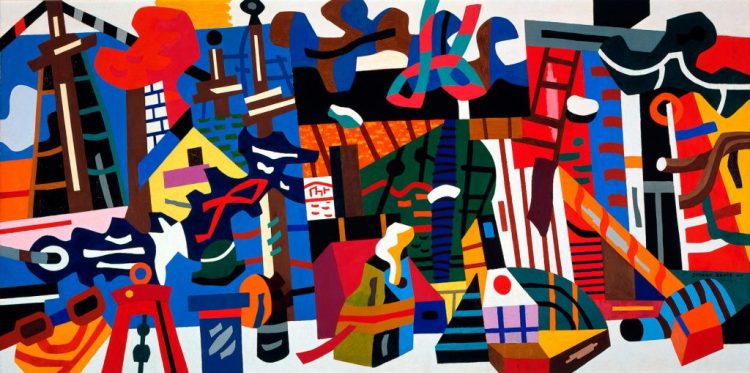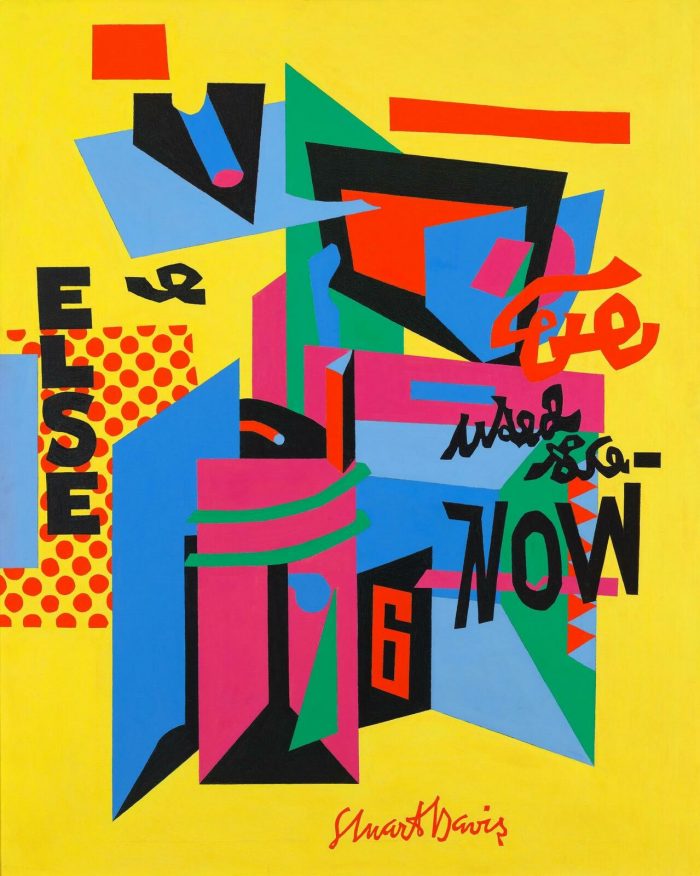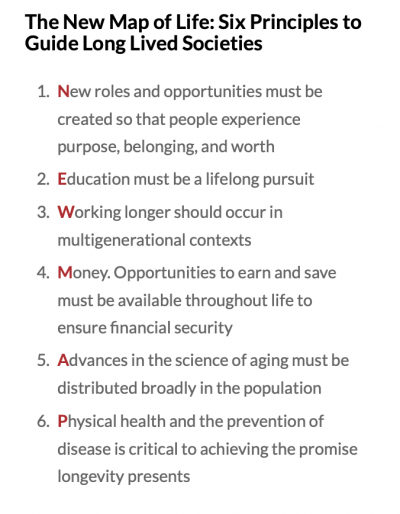Young In + At Heart
Q.
How is it that some people in their late 80s and 90s – some of whom have had tumultuous lives – still act and feel so young?
.
A.
I know what my Mum, a nurse, would say: “Feeling young has nothing to do with age, Elizabeth.”
When she was well into her late 80s, we suggested that Mum might want to join a senior’s day tour group – off to a concert one day, to the gardens another. We should have known better.
“I don’t want to hang around a bunch of old people all day.”
“You do know that, at some drugstores, 55 is considered senior.”
“Good for them.”
Mum’s age was always a big secret when I was growing up. I did know Dad was younger, but not by how much. Mum looked and acted at least as youthful as my friends’ parents, but the secrecy intrigued me. Should I be worried? As an only child, there was nothing that terrified me more than losing Dad and Mum.
Mum’s driver’s licence was not to be found, despite all my best Miss Marple snooping. When we visited her sisters in Jamaica, they refused to fall prey to my trick questioning. It was not until I was in my twenties – still nosy, back in town for Christmas break – that I finally found a hidden trap-drawer and a passport that revealed Mum must have had me in her 40s, quite unusual for the time.
Ironically, Mum had been an active volunteer with seniors’ groups since I was young. We’d go to the community centre where she led the room through songs, crafts, exercise, and West Indian cooking. Decades later, she could be found at the front of an all-ages aerobics studio, kicking and lunging her knee replacement through the latest grooves.
“How do you stay so young?” a thirty-something neighbour asked Mum when she was in her non-senior 80s.
“The secret,” she said, “is to spend a lot of time with young people.”
True to the end, there was nothing Mum loved doing more than spending the day with her beloved granddaughter: reading new books, watching new shows, and finding new routes for neighbourhood walks.
.
Stuart Davis. Visa. 1951
.
Thinking and living young is a guiding force for Dr. Laura Carstensen – Stanford University Psychology Professor and Director of the Center on Longevity. A person’s subjective age might be quite different from their chronological age, she notes. And the best way to lower your subjective age? “Exercise,” Carstensen says in a Summer 2020 interview with Forbes Magazine:
“My hunch is that when the story of exercise is fully told we will see that it involves the same biochemical functions that geroscientists are studying. Until we have a major breakthrough the best thing one can do today, is to exercise. Keep moving. We might be generating the same kinds of biochemical reactions that we see with anti-aging drugs.”
And, Carstensen adds: “Exercise affects mood, it is as effective an intervention for depression as therapy or pharmaceuticals, exercise is powerful. Cognitively we see both short term effects in older adults’ right after they exercise. And then of course long-term effects .. people who are regular exercisers tend to maintain cognitive function better as they age. So there’s something to exercise that we don’t fully understand, but is probably powerful.”
Dr. Carstensen talks about the malleability of our beliefs and our emotional aging. She and her team at the Stanford Center on Longevity look at how we can better keep ourselves mentally sharp, physically fit, and financially secure. To build truly healthy aging, they say, society needs to rethink how we live our lives as a whole.
.
Stuart Davis. Owh! In San Pao. 1951
.
In her 2011 book: A Long Bright Future, Carstensen wrote: ‘If we use our gift of extra time wisely, we can better our education, spend more time with our children, enjoy deep friendships that span many decades, and develop unprecedented expertise and talents over the years. We can stop separating life into artificial stages that focus sequentially on education, work, family, and finally leisure, and instead enjoy them all throughout life.’
Carstensen’s team has developed a New Map of Life Initiative:
.
.
For their ‘New Map of Life: After the Pandemic,’ Carstensen and her team are inviting a broad range of global experts to unearth the lessons we can learn from this crushing pandemic. How best to reshape our life styles and stages in moving forward?
Meanwhile, as Mum would say: “It’s time to go out and shake a leg.”
www.justcurious.ca
Header: Stuart Davis. Swing Landscape. 1938











